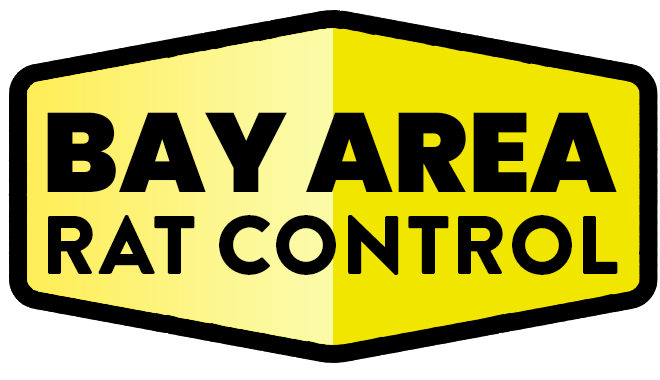Opening Thoughts
Sanitation plays a critical role in preventing rat infestations. Rats are attracted to food, water, and shelter, all of which can be minimized with proper cleaning and maintenance practices. This guide explains how maintaining cleanliness in and around your home or business can help you avoid the costly and stressful consequences of a rat infestation.
Why Sanitation Matters in Rat Prevention
1. Eliminates Attractants
- Food Sources: Improperly stored food and trash provide easy meals for rats.
- Water Sources: Leaky pipes and standing water sustain rats in otherwise unfavorable environments.
2. Reduces Shelter Opportunities
- Clutter and debris offer rats nesting sites and protection from predators.
3. Supports Other Preventive Measures
- Clean environments enhance the effectiveness of traps, repellents, and sealing efforts.
Key Sanitation Practices to Prevent Rats
1. Inside the Home
Food Storage
- Store dry goods in airtight containers.
- Keep pet food sealed and avoid leaving it out overnight.
Daily Cleaning
- Sweep floors and wipe countertops to remove crumbs and spills.
- Empty trash bins daily, especially in kitchens.
Regular Maintenance
- Check for and repair leaks in sinks, pipes, and appliances.
- Clean under appliances, where food particles can accumulate unnoticed.
2. Outside the Home
Trash and Compost
- Use rat-proof bins with tight-fitting lids.
- Store trash away from the house and schedule regular pickups.
- Keep compost piles enclosed or in sealed containers.
Yard Maintenance
- Trim vegetation and clear debris to reduce hiding spots.
- Store firewood and construction materials at least 18 inches off the ground.
Drainage Management
- Fix clogged drains and remove standing water from gutters or yard areas.
Business-Specific Sanitation Tips
1. Restaurants and Food Service
- Clean food preparation areas and floors multiple times a day.
- Use grease traps to prevent food buildup in drains.
- Conduct daily inspections of trash storage and disposal systems.
2. Warehouses and Storage Facilities
- Keep goods stored off the floor and away from walls.
- Regularly inspect for droppings or gnaw marks in storage areas.
- Seal pallets with plastic wrap to prevent access.
3. Apartment Complexes
- Establish community guidelines for trash disposal and recycling.
- Clean shared spaces, such as hallways and laundry rooms, frequently.
- Encourage tenants to report sanitation issues promptly.
The Connection Between Sanitation and Infestation Severity
1. Early Intervention
- Proper sanitation can prevent infestations from starting.
- Regular cleaning removes food and nesting materials before they attract rats.
2. Long-Term Impact
- Homes and businesses with poor sanitation are more likely to experience recurring infestations.
- Maintaining cleanliness reduces the need for costly extermination services.
Common Sanitation Mistakes to Avoid
- Leaving Food Out: Even small crumbs can attract rats.
- Ignoring Trash Overflow: Overfilled bins create easy access for pests.
- Neglecting Hidden Areas: Forgotten spaces, such as under furniture or in basements, can harbor debris and food particles.
Final Thoughts
Sanitation is a cornerstone of effective rat prevention. By keeping your home or business clean, storing food properly, and maintaining your property, you can eliminate the conditions that attract rats. Combine these practices with other preventive measures for a comprehensive approach to pest control.
Relevant Links/Sources:
Sanitation and Pest Control – CDC
Effective Cleaning Tips for Rat Prevention – EPA
Preventing Rats Through Sanitation – PestWorld
